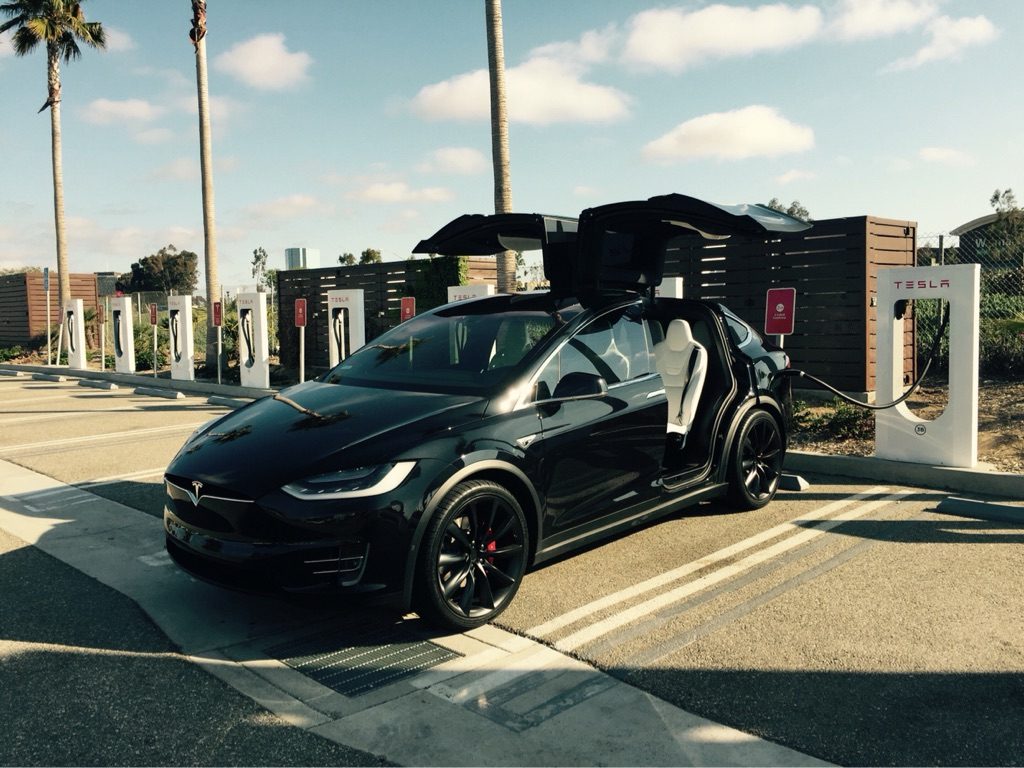Lifestyle
Top 5 ideas on how to alleviate Tesla Supercharger congestion [Poll]
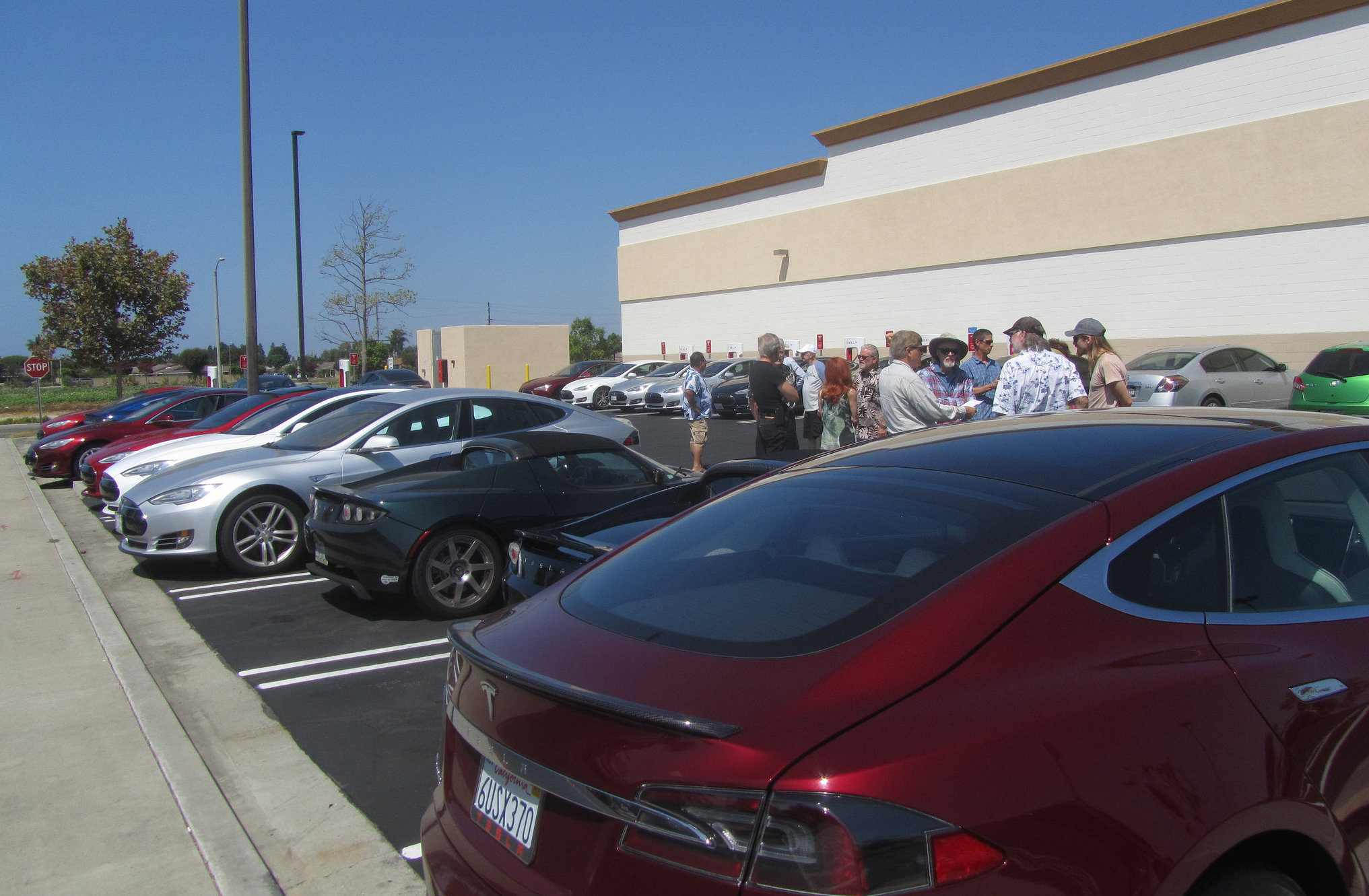
In a perfect world of shiny, happy, Tesla folks just knowing and practicing good etiquette would alleviate Supercharger congestion. But as we hear at least once every major travel holiday, some locations do experience congestion. To add to my previous post on 5 rules for proper use of the Tesla charging network, here are 5 ideas for how to alleviate Supercharger congestion that Tesla could themselves take.
1 – Supercharger Valet Service
An idea that is not as obvious, but that already been thought of, is to employ attendants at busy locations. This attendant can easily serve as a valet, moving cars when they have reached their desired state of charge. More than that, the attendant can serve as a psychological reminder that ‘hey, these chargers are in demand, so I’d better take only what I need and move along.’ From my understanding, the current model dictates that the attendant not act as a valet, meaning they do not take keys or move cars. Expanding this idea to allow it could certainly help to alleviate any congestion that is caused by users not getting back to move their cars by the time they have reached their desired state of charge.
Below is an example of how Tesla has partnered with Luxe to provide on-demand valet service. Surely this could be something they could also incorporate at Supercharger locations.
On-demand @luxevalet for #Tesla spotted in Santa Monica – https://t.co/DiiD2BKtW2 pic.twitter.com/tCF3ULW4N9
— TESLARATI (@Teslarati) April 9, 2016
2 – Have Dedicated “Express” Charging Stalls
I certainly can’t take credit for this, as I’ve heard it mentioned on the Tesla forums, but one idea is to dedicate a number of stalls as express stalls. These express stalls would include clear signage that indicates a time limit. 20 minutes, for example, could mean that those who intend a quick charge use those stalls specifically and those who need a quick charge wait in line for the express stalls. This would require an honor system, which certainly has its drawbacks, but again could serve as a psychological reminder that there is a demand for use here and occupying a space longer than you need it may inconvenience others.
3 – Publish Peak Usage Times
Speaking of Tesla’s plethora of data, they could also publish peak days and times for each Supercharger location. Memorial Day Weekend trips to the beach or the lake should go without saying, but certainly it can’t hurt for folks to be able to look up the busiest times for charger locations they plan on using. If you learned that a one hour adjustment to your travel plans would likely avoid a wait for a charger, you may very well adjust. Spreading out use away from peak times could benefit everyone.
4 – In-navigation Communication
Not to forget Tesla’s incredible OTA software updates and software prowess in general, let us consider in-navigation communication to other owners. That is, once the car knows you are parked very close to a Supercharger, there is an ability for you to answer ‘Yes’ or ‘No’ to the simple question of whether or not the stalls are all in use. If you select ‘Yes’ those currently plugged in will get a notification on their app that says others are waiting to charge. This notification needn’t be any more complex than the one that notifies you that you have enough charge to move on. I’m not even talking about enforcement here, just information that the receiver can choose to use or ignore. I’ve only ever encountered a full 8-stall location once. When I plugged in, there were at least 5 open stalls. When I returned to my car (a reasonable charging time later) all were full. No one was waiting but it goes to show how quickly a wait could have formed. Someone who takes longer to get back to his or her car because the location seemed empty may very well rush right back if they found out it was full.
5 – Build More Superchargers
And last but not least, building more Superchargers is no doubt the most obvious solution. Tesla has done an excellent job of this, with 266 locations open in the United States as of June 1, 2016 and 18 under construction. Many major routes have been enabled, which speaks to the oft-repeated premise that the charging network is meant to enable long distance travel. “Freedom,” as Elon described it in the 2016 shareholders meeting, is the ability to go anywhere and not be tethered to your charging location.
What’s less obvious is what I mean by building more. One of Tesla’s many competitive advantages is data. Fleet learning with Autopilot is a great example. We already know that the company has insight on which chargers get the most use. Logic says expand those locations, just as they have in Newark, Delaware. I implore they take it one step further and make use of a precious resource: current owners. Send a quick email to every owner who charged in Cabazon, CA this weekend, for example, and ask where they traveled to and from. Make the email a very easy-to-complete survey and leave an open comments space for location suggestions. It may not be practical to add more stalls at some of the most popular locations, but maybe there is another location along the same travel route that can be built.
Which of these options sounds good to you? Take the poll below to see what others are voting on:
https://twitter.com/ElectricJen/status/738185172277952517
Feature image courtesy of Dennis Pascual via Flickr

Lifestyle
Elon Musk seemingly confirms Cybertruck gift to 13-year-old cancer fighter
Diagnosed in 2018 with a rare form of brain and spine cancer with no cure, the teen has undergone 13 surgeries by the time he was 12.
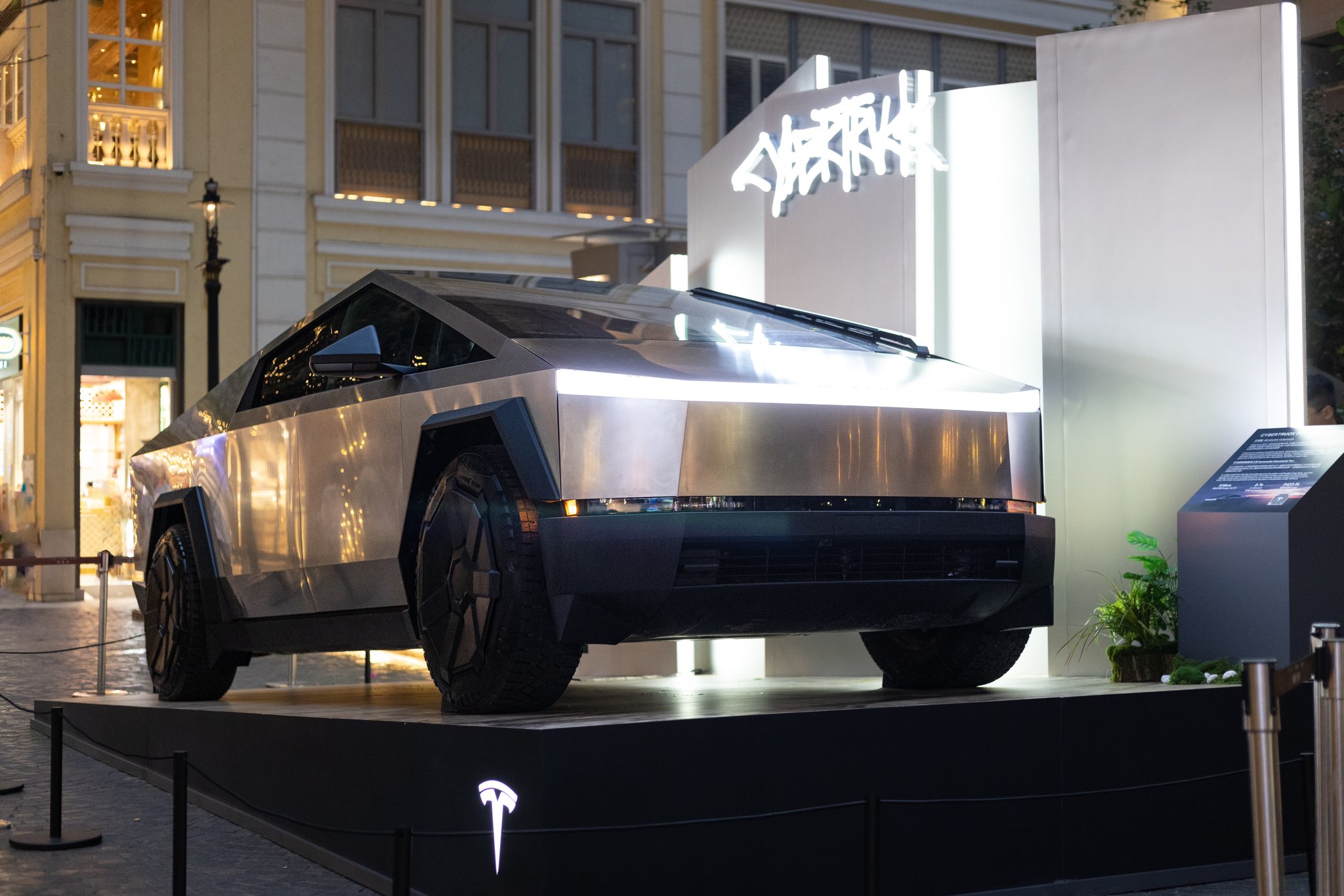
Elon Musk has seemingly confirmed that he will be sending a Tesla Cybertruck to 13-year-old Devarjaye “DJ” Daniel, a 13-year-old Houston boy fighting brain cancer. The teen was recognized as an honorary Secret Service member by U.S. President Donald Trump during his address to Congress on Tuesday.
A Chance Meeting
The Tesla CEO’s Cybertruck pledge was mentioned during DJ’s short interview with CNN’s Kaitlan Collins. When Collins asked the 13-year-old what he told the Tesla CEO, DJ answered that he asked for a Cybertruck.
“I said, ‘can you do me a big favor, when you get back to Houston can you send us a Cybertruck down there?’” the cancer fighter stated.
Daniel noted that Musk responded positively to his request, which was highlighted by Collins in a post on X. Musk responded to the post with a heart emoji, suggesting that he really will be sending a Cybertruck to the 13-year-old cancer fighter.
Teen’s Cancer Battle Inspires
Diagnosed in 2018 with a rare form of brain and spine cancer with no cure, Daniel has undergone 13 surgeries by the time he was 12. During his speech, Trump highlighted the 13-year-old’s long battle with his disease.
“Joining us in the gallery tonight is a young man who truly loves our police. The doctors gave him five months at most to live. That was more than six years ago. Since that time, DJ and his dad have been on a quest to make his dream come true,” Trump stated.
Daniels officially received an honorary badge from U.S. Secret Service Director Sean Curran, to much applause during the event.
Surprisingly Partisan
While Daniels’ story has been inspiring, Trump’s focus on the 13-year-old cancer fighter has received its own fair share of criticism. MSNBC host Nicolle Wallace, while referencing Daniels’ love for law enforcement, noted that she is hoping the 13-year-old never has to defend the U.S. capitol against Trump supporters. “If he does, I hope he isn’t one of the six who loses his life to suicide,” Wallace stated.
Anti-Musk and Trump accounts on X have also thrown jokes at the cancer fighter’s honorary badge, with some dubbing the 13-year-old as a “DEI hire” that should be looked into by DOGE.
Lifestyle
Tesla owner highlights underrated benefit of FSD Supervised
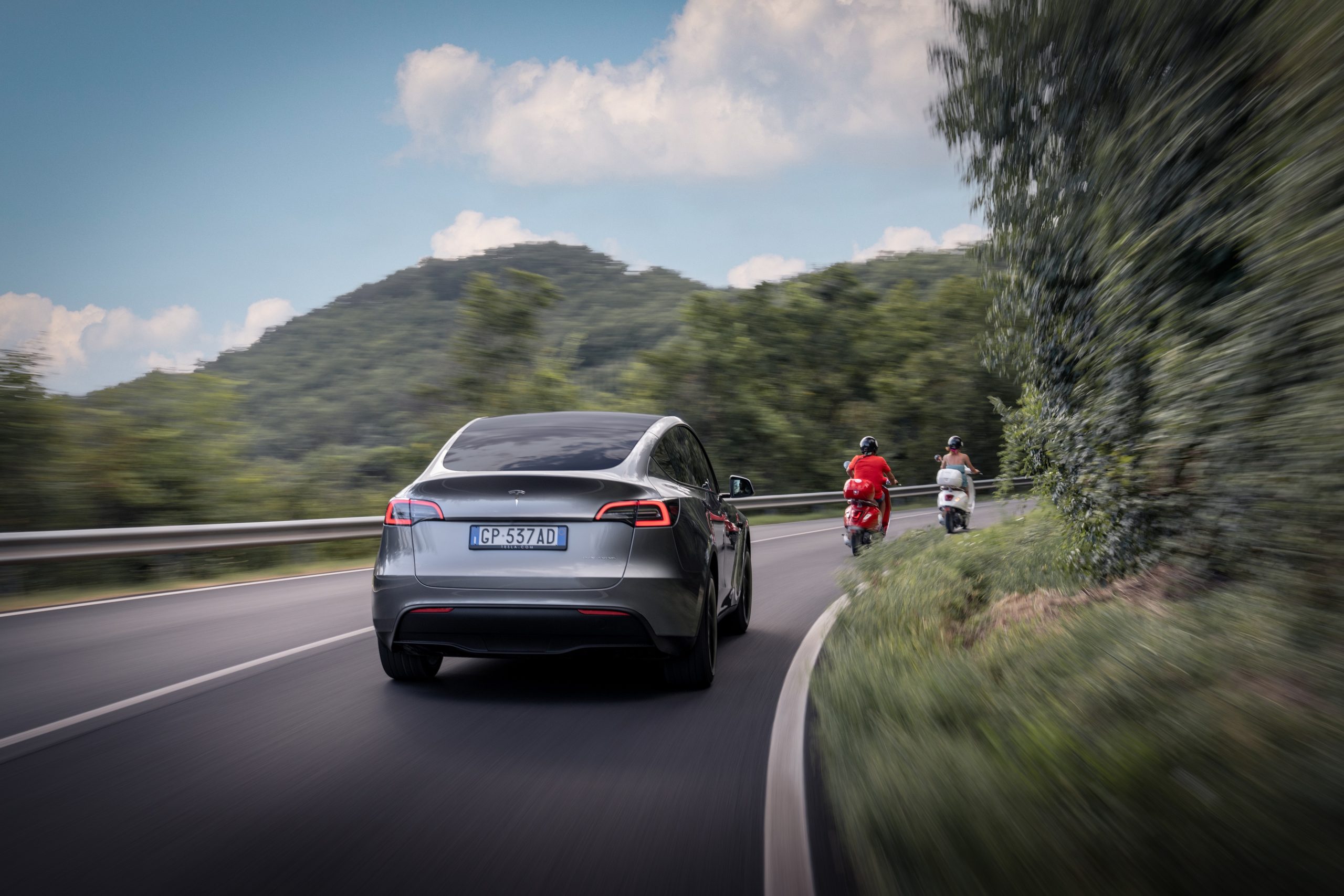
Elon Musk has been pretty open about the idea of FSD being the difference maker for Tesla’s future.
If Tesla succeeds in achieving FSD, it could become the world’s most valuable company. If it doesn’t, then the company would not be able to reach its optimum potential.
FSD Supervised’s safety benefits:
- But even if FSD is still not perfect today, FSD Supervised is already making a difference on the roads today.
- This was highlighted in Tesla’s Q4 2024 Vehicle Safety Report.
- As per Tesla, it recorded one crash for every 5.94 million miles driven in which drivers were using Autopilot technology.
- For comparison, the most recent data available from the NHTSA and FHWA (from 2023) showed that there was one automobile crash every 702,000 miles in the United States.
This morning, Tesla FSD proved to be an absolute godsend. I had to take my brother-in-law to the hospital in Sugar Land, TX, which is 40 miles away, at the ungodly hour of 4 AM. Both of us were exhausted, and he was understandably anxious about the surgery.
— JC Christopher (@JohnChr08117285) January 29, 2025
The convenience of…
FSD user’s tale:
- As per an FSD user’s post on social media platform X, FSD Supervised was able to help him drive a relative to a medical facility safely even if he was exhausted.
- During the trip, the driver only had to monitor FSD Supervised’s performance to make sure the Tesla operated safely.
- In a vehicle without FSD, such a trip with an exhausted driver would have been quite dangerous.
- “This morning, Tesla FSD proved to be an absolute godsend. I had to take my brother-in-law to the hospital in Sugar Land, TX, which is 40 miles away, at the ungodly hour of 4 AM. Both of us were exhausted, and he was understandably anxious about the surgery.
- “The convenience of sending the hospital’s address directly from my iPhone to my Tesla while still inside my house, then just a single button press once inside, and 40 miles later we were precisely in front of the hospital’s admissions area.This experience really underscores just how transformative this technology can be for society,” Tesla owner JC Christopher noted in his post.
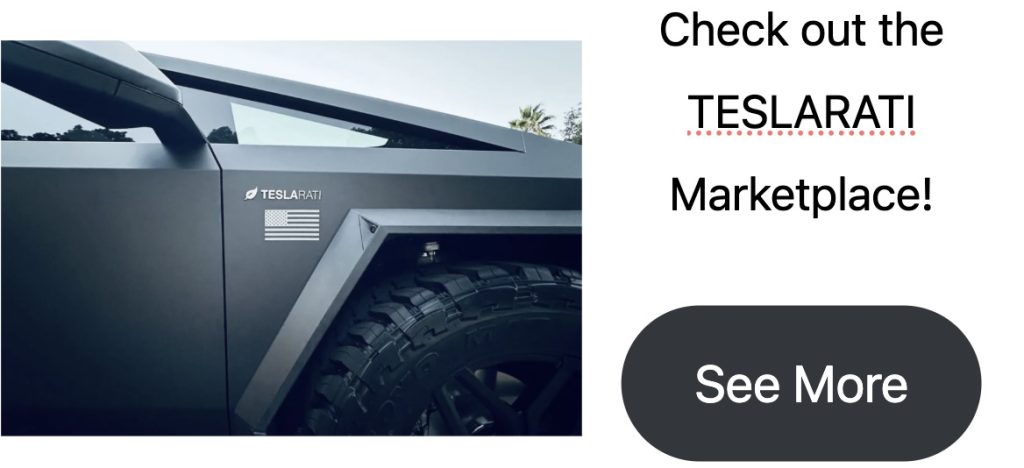
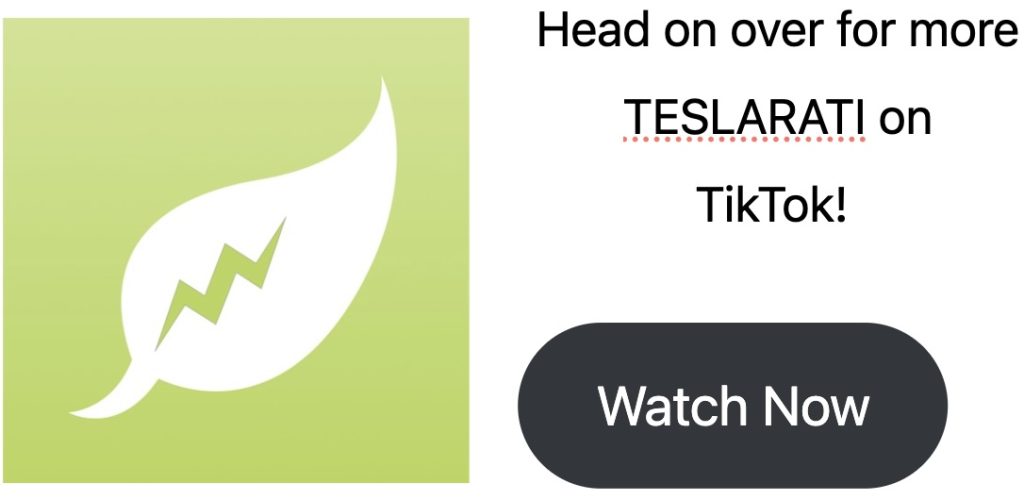
Don’t hesitate to contact us with news tips. Just send a message to simon@teslarati.com to give us a heads up.
Lifestyle
Tesla Optimus “stars” in incredible fanmade action short film

There are few things that prove an enthusiast’s love towards a company more than a dedicated short film. This was highlighted recently when YouTube’s SoKrispyMedia posted a 10-minute action movie starring Optimus, Tesla’s humanoid robot, as well as several of the company’s most iconic products.
The video:
- Shot like a Hollywood action flick, the video featured a rather humorous plot involving a group of thieves that mistakenly targeted a Tesla Model 3 driver.
- The Model 3 driver then ended up speaking to Tesla for assistance, and some high-octane and high-speed hijinks ensued.
- While the short film featured several Tesla products like the Model 3, Superchargers, and the Cybertruck, it is Optimus that truly stole the show.
- Optimus served several roles in the short film, from an assistant in a Tesla office to a “robocop” enforcer that helped out the Model 3 driver.
Future Robo-cop @Tesla_Optimus
— SOKRISPYMEDIA (@sokrispymedia) January 12, 2025
full video: https://t.co/TXpSRhcP5K pic.twitter.com/YFHZ7siAP7
Cool inside jokes:
- The best Tesla videos are those that show an in-depth knowledge of the company, and SoKrispyMedia definitely had it.
- From the opening scenes alone, the video immediately poked fun at TSLA traders, the large number of gray Tesla owners, and the fact that many still do not understand Superchargers.
- The video even poked fun at Tesla’s software updates, as well as how some Tesla drivers use Autopilot or other features without reading the fine print in the company’s release notes.
- The video ended with a tour de force of references to Elon Musk products, from the Tesla Cybertruck to the Boring Company Not-a-Flamethrower, which was released back in 2018.
Check out SoKrispyMedia’s Tesla action short film in the video below.
Don’t hesitate to contact us with news tips. Just send a message to simon@teslarati.com to give us a heads up.
-

 News2 weeks ago
News2 weeks agoTesla aiming to produce first “legion” of Optimus robots this 2025
-
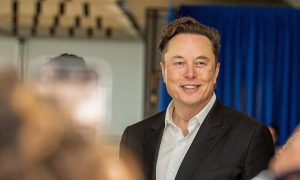
 Elon Musk1 week ago
Elon Musk1 week agoTesla CEO Elon Musk’s simple message to vandals
-
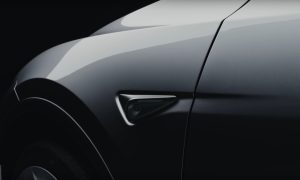
 Elon Musk2 weeks ago
Elon Musk2 weeks agoElon Musk confirms two measures Tesla is taking to fight vandalism
-
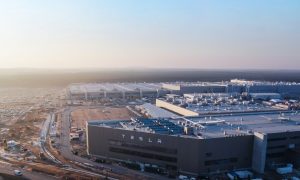
 News2 weeks ago
News2 weeks agoTesla’s Giga Berlin director responds to anti-Musk criticism
-
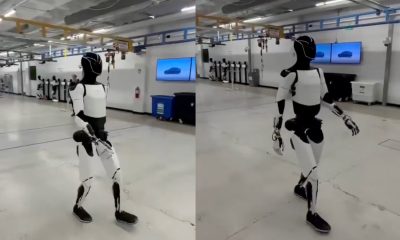
 News2 days ago
News2 days agoTesla shares Optimus’ improved walk in new update video
-
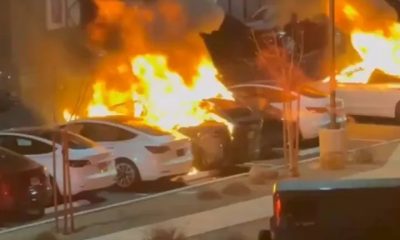
 Elon Musk1 week ago
Elon Musk1 week agoTesla vandal who lit Las Vegas repair center on fire arrested
-

 Elon Musk1 week ago
Elon Musk1 week agoElon Musk clarifies Trump tariff effect on Tesla: “The cost impact is not trivial”
-
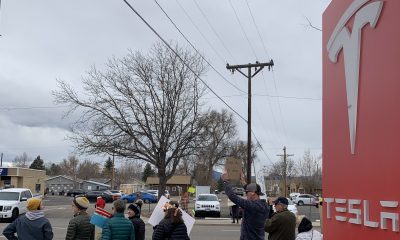
 Elon Musk1 week ago
Elon Musk1 week agoTesla vehicles hit by ATV, suspect caught by Sentry Mode
